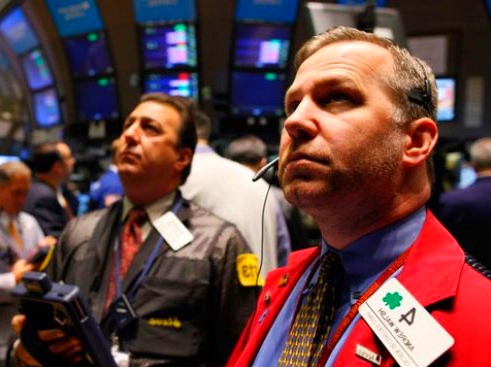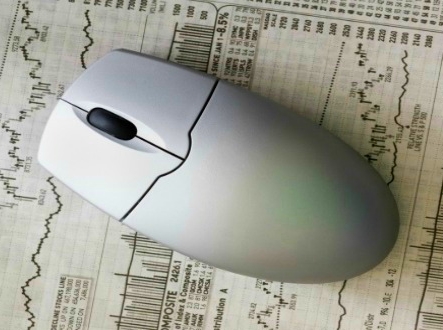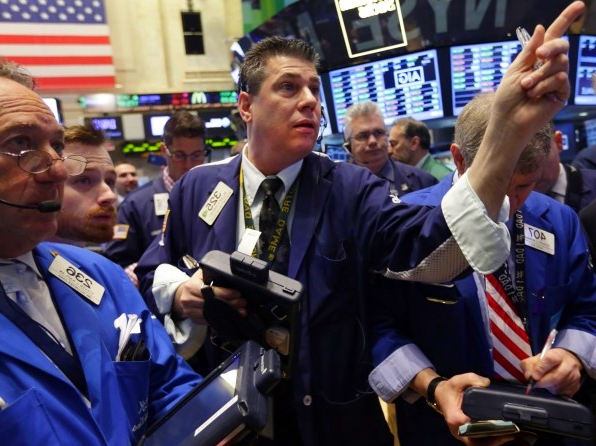If you’ve been following the evolution of digital marketing like me, you have certainly noticed the rise of influence marketing and the way it has earned its lion’s share in a few years. The last time I checked, the industry growth rate was +/- 50% per year. Figures speak for themselves: in 2017, the global influence marketing market was worth $2 billion. In 2021, it represented $10 billion. In 2025, it should reach $24 billion. For brands, influencers, and consumers as well, influence marketing is now an essential component of their universe.
Influence marketing, the new star of the media mix
One striking fact: today, if you want to develop your brand among 15–35-year-olds, influence marketing is the number-1 medium you need to use to reach your target and boost your brand awareness. Over the last two years, periods of confinement / deconfinement have reinforced the phenomenon (linked to online purchases, social networks, mobile commerce, etc.). Globally, a quick look at the figures shows that brands dedicate just over 7% of their communication budgets to their influence tools. This should double in the next 3 years.
Combined with social advertising and email customer relationship, influence marketing is one of the Top 3 tools preferred by brands to develop their communities. Down to the ground, this leads to beautiful success stories. One of them is Valentina Chirico, a lifestyle influencer, specialized in cosmetics and independent fashion, with a special touch on beauty in roman antiquity (Valentina is not an Italian archaeologist for nothing!). Since 2009, partnerships with prestigious brands (Marc Jacobs Beauty, Avon, Maybelline…) have multiplied on her blog, her YouTube channel, and her social network accounts. So, to her followers and her business partners, Valentina brings a unique guarantee of trust, accessibility, proximity, and authenticity.

Micro-influencers to take engagement a step further
For me, this example perfectly shows the way forward for the influence marketing industry. Because let’s face it, celebrities and mega-influencers are experiencing a serious trust issue. To commit more budgets and resources, brands need to find credible relays, truly close to their communities.
“All that glitters is not gold”: I love this proverb and it applies perfectly to influencers’ marketing. From now on, make way for “Mr. or “Mrs. Everybody”! Who else can offer a precise theme together with a reassuring and not fake style? A real passion to share + a relevant niche + a targeted promotional campaign: this is (IMHO) the winning combination. It will carry the next wave of influence marketing to new highs.
When done correctly, results are there: 82% of consumers are ready to follow the recommendations of micro-influencers and engage with them.
When the community is more open to dialogue, the difference in engagement rates is self-evident. A 7% rate when micro-influencers resonate with the promoted brand, vs a 1.5 to 2% rate for typical mega-influencers. The reasons for such a difference are a more targeted audience and a higher interest in the promoted products. But of course, on the other hand, the audience is narrower. This is the concept of the micro-influencer, right? To gain volume and reach, brands can use specialized platforms. They have the expertise and experience to select as many micro-influencers as needed, without sacrificing the quality of their collaborations. Quality, remember this word. It has never had such a significant role to play in the world of influence marketing.
Discover more from Tech News
Subscribe to get the latest posts sent to your email.










